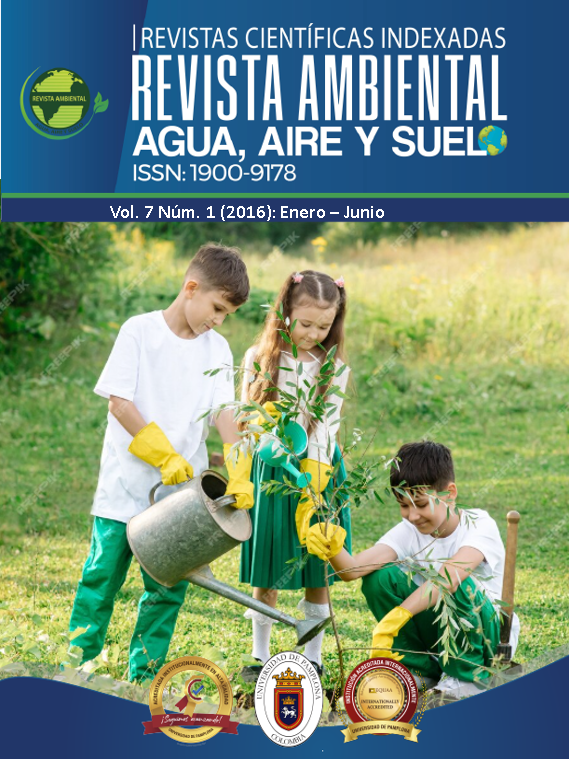Environmental Education as a Tool for the Recovery of Vegetative Cover Through Agroecological Practices in the Mining Community Asograstorres, Gravel Association of Sabana de Torres.
DOI:
https://doi.org/10.24054/aaas.v7i1.776Keywords:
Ambiental, prácticas agroecológicas, suelo, mineríaAbstract
The Environmental Intervention Proposal is aimed at working in the ASOGRASTORRES mining area (Association of Gravel Producers of Sabana de Torres), whose purpose is the exploitation of construction material deposits such as gravel and fill for economic purposes. This human activity, carried out without caution regarding natural elements (water, soil, and air), undoubtedly affects the well-being of future generations. For 35 years, the soil has been exploited, and several points within the area of influence are currently abandoned and have turned into large gullies, to the extent that the benefiting companies do not see it as viable to recover them and choose instead to close activities at those points and explore and exploit new ones. Therefore, the intervention to be carried out has the mission, through environmental education, of generating a change in mindset regarding environmental protection and recovery by implementing agroecological practices, thus demonstrating to the community that mining activity can be conducted without causing irreparable environmental damage.
Downloads
References
Bernal, R. (2006). Ambiente humano: Un enfoque para la formación de ciudadanos. Dialnet, 136–144.
Botín, J. (2010). Integración de la sostenibilidad en los niveles operacionales de la empresa minera. En Conferencia Internacional Minería Sostenible, 2009. CIMS.
Bisguerra, R. (2009). Metodología de la investigación educativa. La Muralla.
Fermoso, P. (1994). Desarrollo de habilidades cívico-sociales y habilidades políticas y ciudadanas en pedagogía social. Herder.
Fernández, V. C. (2003). Guía metodológica para la evaluación del impacto ambiental.
Ferrer, Y. R. (2009). Evaluación en el tiempo del impacto ambiental con técnicas difusas: Aplicación minería del Moa. [Editorial o institución, si aplica].
Gardner, H. (2012). El desarrollo y la educación de la mente. [Editorial, si aplica].
Ministerio de Educación Nacional & Ministerio de Medio Ambiente. (2002). Política Nacional de Educación Ambiental, SINA. Bogotá, D.C.
Moreno, J. E. (2004). Guía minero ambiental para la explotación de materiales de construcción en el municipio de Soacha, Cundinamarca. Bogotá.
Rangel, J. M., Ortiz, R. O., & Villamizar, G. R. (2013). Manejo del ciclo de vida en productos agrícolas: Caso cacao en Norte de Santander. Revista Ambiental Agua, Aire y Suelo, 4(2), 6–22.
Vasco, C. (2003). Introducción a los estándares básicos de calidad para la educación. MEN-ASCOFADE.
Wilchez, et al. (2013). Alternative water for drinking water in rural areas. Revista Ambiental Agua, Aire y Suelo, 4(2). Universidad de Pamplona.
Zapata, O. (2005). La aventura del pensamiento crítico: Herramientas para elaborar tesis e investigaciones socioeducativas. Pax.
Downloads
Published
Issue
Section
License
Copyright (c) 2021 REVISTA AMBIENTAL AGUA, AIRE Y SUELO

This work is licensed under a Creative Commons Attribution-NonCommercial 4.0 International License.










